Lissummon Tunnel
Lissummon Tunnel
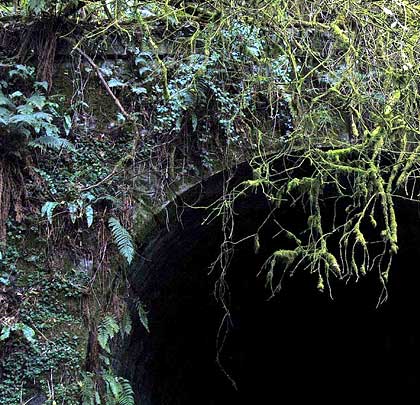
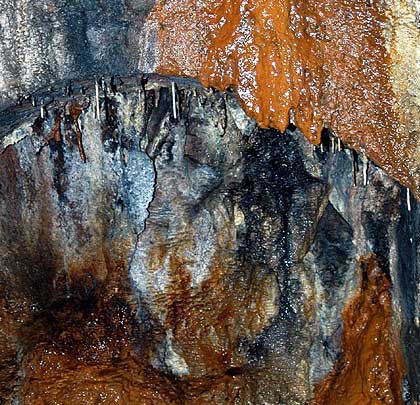
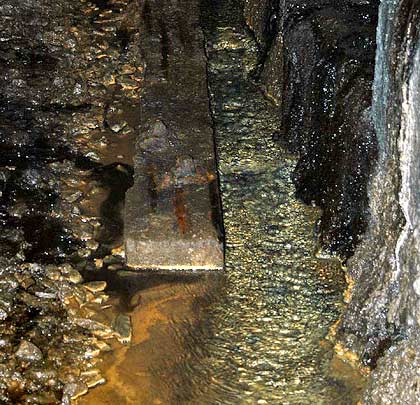
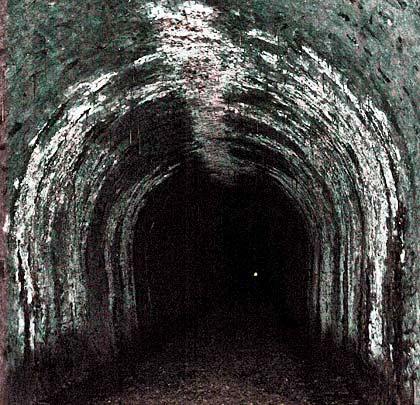
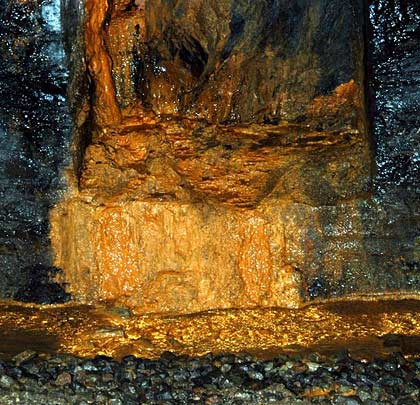
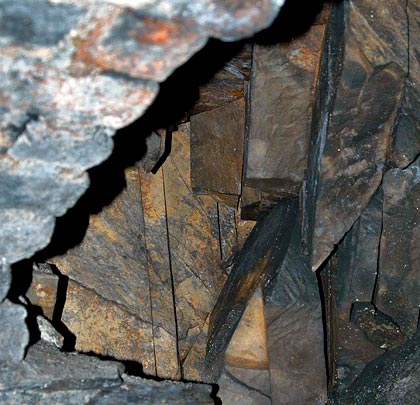
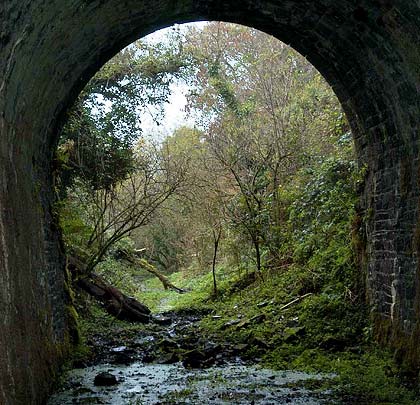







Construction of the Newry to Armagh railway – part of an ambitious 72-mile line to Enniskillen – began in August 1846 under the direction of engineer John Godwin. But inflated costs and mismanagement conspired to ensure it was not completed for another 18 years. The 3½-mile Newry-Goraghwood section opened in 1849 but work on the through route stalled, only getting underway in October 1861. This was to include a short tunnel at Loughgilly and a much longer one under Lissummon Hill.
Planned at a length of 1,604 yards but extended to 1,759 yards, it was driven with the benefit of six construction shafts – two of them 200 feet deep – creating 14 working faces. One man lost his life after falling down a shaft.
Built to accommodate a single track, Lissummon is Ireland’s longest railway tunnel and the first in-service train passed through on 25th August 1864. Perfectly straight but on a rising gradient of 1:75 to the north, the tunnel is masonry-lined but with some localised brickwork such as around the refuges. These are located at 20-yard intervals along the north wall.
The route’s passenger services were withdrawn following a strike in 1933 but goods trains continued to use this section of the line until 1957. Today the tunnel remains in fair condition but suffers through water penetration particularly around its central section.
 April 2011
April 2011




